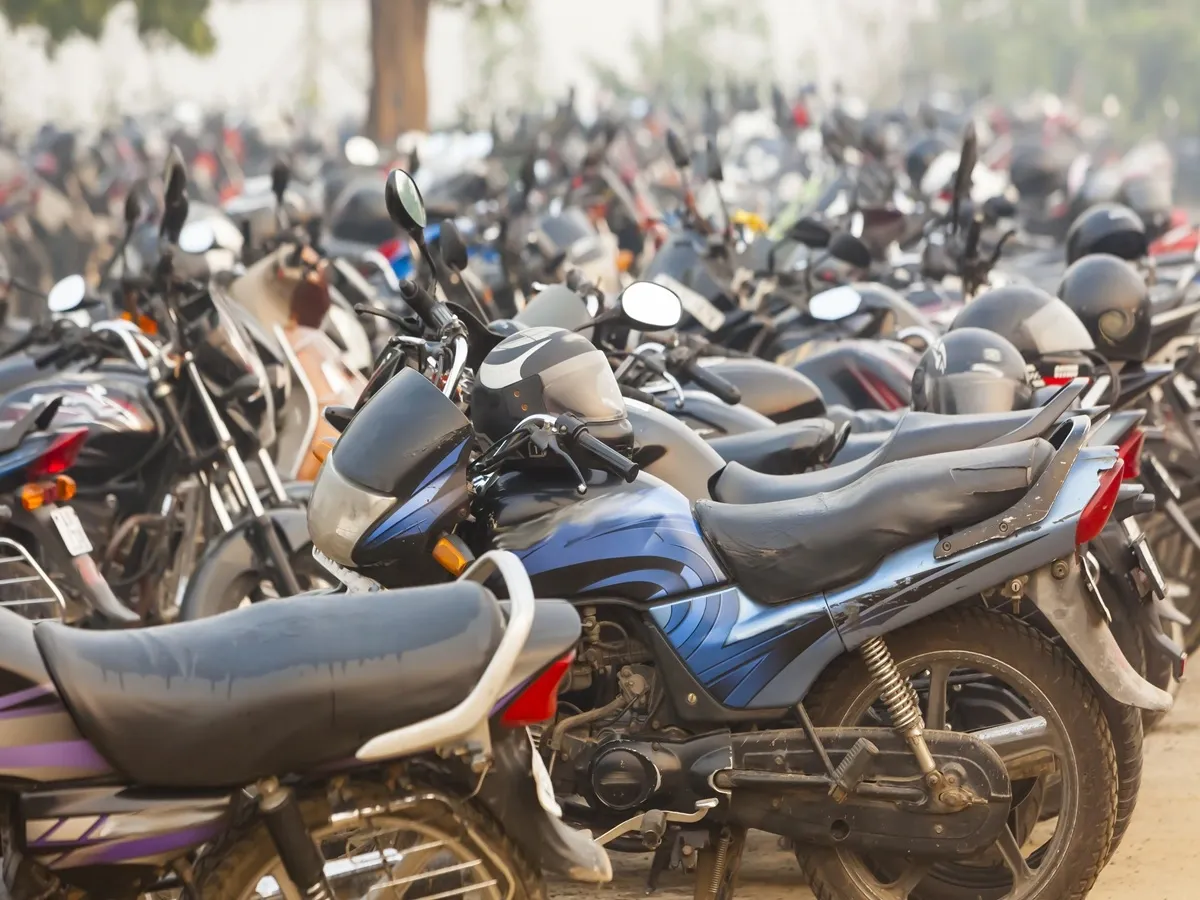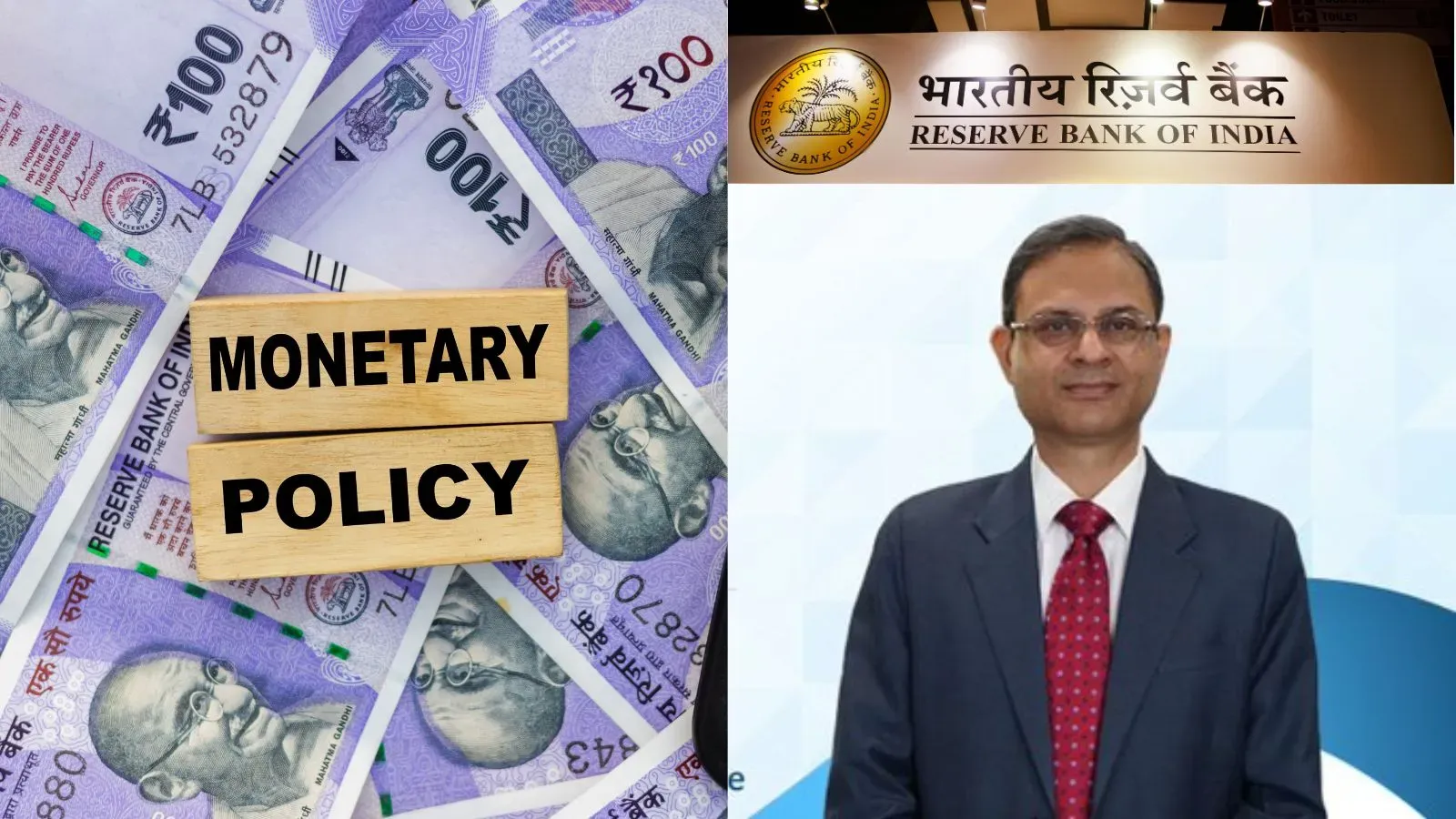Business News
GST impact on motorcycles: Honda Shine, Splendor, Classic 350 in 18% slab; Himalayan 450, KTM 390 to cost more
.png)
4 min read | Updated on September 04, 2025, 09:59 IST
SUMMARY
Bikes up to 350 cc will attract 18% GST (down from 28%), making popular commuter and mid-size models from Honda, Hero, Bajaj, TVS, Yamaha, Royal Enfield and Jawa more affordable.
Stock list

The GST Council has introduced a two-tier tax structure for motorcycles effective September 22.
The GST Council’s decision to introduce a two-tier structure for motorcycles is set to preserve affordability in India’s commuter and mid-size segments while sharply raising prices of premium bikes.
Motorcycles up to 350 cc will be taxed at a lower GST of 18% as against 28%, while those above 350 cc will attract a 40% levy.
The new rates will come into effect from September 22.
Impact on brands
The lower slab covers motorcycles that form the backbone of India’s two-wheeler market.
Famous commuter motorcycles such as Shine, SP 125, SP 160 of Honda and most of the Hero motorcycles will attract a lower 18% GST.
Bajaj Auto’s commuter motorcycles like Platina 100 series, Pulsar 125, Pulsar 150, N125/NS125, Dominar 250 and N250 will also become cheaper.
Similarly, TVS’s volume models, including the XL100, Jupiter scooters, Apache RTR 160–225 series, Ronin 225, and Apache RR 310, will be moved to the 18% slab.
Yamaha’s Indian line-up, such as the R15, MT-15, Aerox 155, FZ25, and the recently relaunched R3 and MT-03, will become cheaper.
Royal Enfield’s top sellers, such as the Classic 350, Meteor 350, Bullet 350, Hunter 350, and Honda’s H’ness CB350 and CB350 RS, will stay at 18% GST.
However, Himalayan 450, Interceptor 650, Continental GT 650, Super Meteor 650, Shotgun 650, and upcoming Himalayan 650 and 750 will become costlier under the 40% GST slab. This segment currently attracts an effective tax rate of 31% (28% GST + 3% cess).
Jawa’s 350 range, including the Jawa 350, 42 variants and Perak, will be moved from 28% to 18% slab.
KTM’s flagship 390 series — Duke, RC, Adventure, Adventure X and Enduro R — now faces a sharp hike, alongside premium imports like the 790 Duke, 890 Adventure, 990 Duke, 1290 Super Duke R, 1290 Super Adventure S, and the newly launched 1390 Super Duke R.
Honda’s larger displacement portfolio, including the CB500X, Rebel 500, CB650R, CBR650R, and the luxury touring Gold Wing, will also attract the 40% rate.
Bajaj’s Dominar 400 and NS400Z shift into the higher band as well.
Triumph, which manufactures 400 cc motorcycles even at the entry level, will be among the most affected brands. Triumph’s locally manufactured mid-capacity bikes like Speed 400 and Scrambler 400X, as well as large-capacity motorcycles such as the Trident 660, Tiger Sport 660, Speed Twin 900, Bonneville series, Tiger 900 and 1200, and Rocket 3 fall into the higher 40% slab.
Bajaj Auto Managing Director Rajiv Bajaj welcomed the government’s decision to lower GST on motorcycles up to 350 cc but urged policymakers to extend the benefit across all segments.
“Over 97–98% of all two-wheelers sold in India are under 350 cc. Why not keep it simple and make 18% applicable to everything? By excluding the top 1–2% by volume, we create distortions,” Bajaj told CNBC-TV18.
He cautioned that such classifications force manufacturers to realign product portfolios and engine designs, leading to inefficiencies.
“If a customer wants to buy a higher cc bike, let him do so affordably. This will strengthen Make in India, improve the domestic supply chain, and enhance global competitiveness,” he added.
Royal Enfield parent Eicher Motors also flagged concerns over the punitive rate for higher-displacement motorcycles. In a LinkedIn post, Executive Chairman Siddhartha Lal said that while lowering GST for sub-350 cc motorcycles will broaden access, hiking rates for above-350 cc models could damage a vital segment of India’s global edge.
“By delivering exceptional value, we are drawing riders worldwide to shift from larger, higher-displacement machines to Indian-made mid-size motorcycles. To sustain this momentum, a uniform GST of 18% across all two-wheelers is critical,” Lal said.
He pointed out that motorcycles above 350 cc constitute only about 1% of India’s two-wheeler market. “Raising GST on them would add negligible revenue but contract the segment. For Indian riders, these motorcycles are not luxury goods; they are efficient, affordable alternatives to cars, offering lower fuel use and maintenance — benefits that also help reduce India’s fuel imports,” Lal added.
Lal warned that a skewed tax regime would shrink domestic demand, choke investment, and hurt India’s ambitions to dominate the mid-capacity global market.
By signing up you agree to Upstox’s Terms & Conditions
About The Author
Next Story

